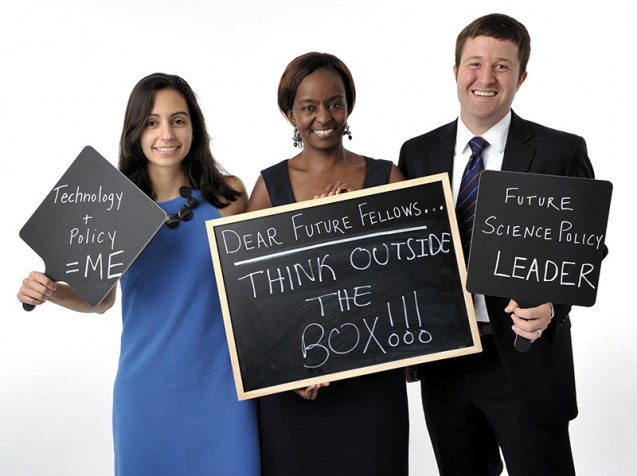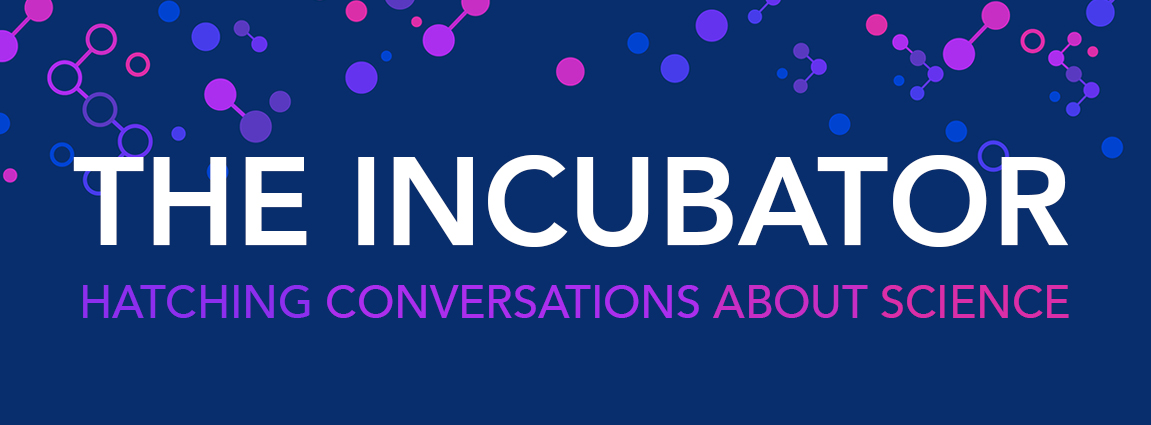The Many Faces of Science Diplomacy

The intersection between public policy and science has become increasingly palpable in the past few months. Concerned with the policies recently issued from Washington, D.C., the President of The Rockefeller University has written public statements. Some scientists are even training to run for political office themselves. Scientists around the world participated in the March for Science – calling for evidence-based policymaking and continued science funding. Clearly many scientists are already engaging in political discussions and using their training to make social impacts. But how do scientists enter the conversation?
The Rockefeller University’s Science Policy and Diplomacy course, funded by the Hurford Foundation and led by Jesse Ausubel, Mande Holford, and Rodney Nichols, explored the ways in which scientists have shaped politics on both domestic and international scales. The course was structured as a round-table discussion with a different speaker each class. This format provided an international mix of students the opportunity to ask questions, share ideas, and explore policy issues through the lens of various decision-makers.
After bringing an impressive lineup of speakers to Rockefeller, Jesse and Mande took the class on a two-day field trip to D.C. Participants were offered a behind-the-scenes look at policy-making in action. There were several special-access stops around town. A dinner at the iconic Cosmos Club with a who’s-who of science policy experts, included some Rockefeller alumni and Jayne Kurzman from the Hurford Foundation. Each speaker had a specific role in the science policy or diplomacy sphere, and they all had followed different paths to get there. Their jobs and organizations are actively breaking the barriers between science and diplomacy by using science to advise policymakers, enabling more scientific research, building international confidence, or some combination of the three.
The speakers using diplomacy to aid policymakers are the advisors – the people who dissect scientific data and meet with experts to advise on policy and funding decisions. A stop at the Pentagon included a fascinating discussion with two scientifically trained analysts at the Office of Net Assessment. They have been tasked with preparing citizens for the future by predicting the biohazards we will encounter 30 years from now – no easy task. Vaughan Turekian, the Science and Technology Advisor to the Secretary of State, explained over a lunch (among tidbits about working amidst a political transition) the importance of distinguishing advice from advocacy in order to gain and retain trust in politics. Both meetings demonstrated the importance of big-picture thinking and communication in promoting evidence-based decisions.
A visit to the National Academy of Science’s Committee on Human Rights made it clear how intertwined science and politics often are. The Committee’s advocates for scientists, engineers, and healthcare professionals experiencing human rights abuses in upwards of 77 countries to date. Many of these scientists are targeted because their research or professional opinions are considered contrary to those of their government. This Committee offers legal support and taps into the international scientific community to help individuals, and their family members and colleagues. These actions help protect scientists, thus enabling science around the world.
A cheerier example of enabling science through international cooperation is the Global Volcanism Program, which we visited at the Smithsonian National Museum of Natural History. This program maintains a database with 10,000 years of global volcanic activity, combining international satellite data with data from local monitoring groups. Anyone can freely usethis amassed dataset to conduct research.

One of the speakers that is using science to build international relationships and improve diplomacy includes Asi Burak. He aims to ease conflict using cutting-edge technologies. Asi developed the strategy video game PeaceMaker to simulate the Israeli-Palestinian conflict. He challenges players’ assumptions about the peace process. The game has reached a wide audience, including politicians and students. It provides the public with a platform to discuss each side of the controversial conflict without coming across as unpatriotic. Addressing the same conflict, Rockefeller’s own Torsten Wiesel spoke about his role in the Israeli-Palestinian Science Organization. Torsten promotes and funds joint research projects between Israeli and Palestinian scientists. He emphasized that scientific expertise can bring countless opportunities in diplomacy, as governments seek to use the common language of science to bridge cultural differences.
During the dinner at the Cosmos Club, Norm Neureiter shared an illustrative example of government-backed scientific collaboration. Earthquakes at Mount Paektu/Changbaishan on the border of North Korea and China have prompted the North Korean government to enlist the help of British, American, and Chinese scientists to aid in the monitoring of the volcanic activity. This international collaboration continues, despite tension between the participating governments.
Many projects use diplomacy to further science and this in turn furthers diplomacy. For example Melody Brown Burkins spoke to the class about her work in circumpolar scientific collaborations. Countries in the Arctic may have little in common politically, but Arctic collaborations bring together researchers from different countries, as well as their constituent communities to address shared problems. Similarly, Ana Luz Porzecanski, a conservational biologist in the United States, helped form a bilateral scientific collaboration with Cuban scientists to explore biodiversity and the environmental challenges that Cuba shares with its neighbors. Both of these projects build trust between countries and allow scientists to conduct research with global implications; without some of the usual barriers.
Although each story told seems remarkable, the people who shared their work at the intersection of science and policy started by performing scientific research without knowing how their future work would impact domestic or foreign affairs.
Everyone who took the Science Policy and Diplomacy course likely walked away feeling that regardless of their career aspirations, this particular experience had reshaped their goals and changed how they approach their role in the world around them. For some, this course clarified the possibility of a career in policymaking and empowered students to use our scientific training to directly influence policy decisions in the future. For those planning to pursue academic careers, the course emphasized that international collaborations within one’s own field of research can reshape the world.
Opportunities to be a scientific advisor or leader of an international project, or at least to effectively communicate science to policymakers, are present at all stages of a researcher’s career. Science and policy go hand in hand. Policy certainly informs science, and ideally science should inform policy. Courses like this one prepare young researchers to join the community of scientists already advising and advocating on behalf of scientists and nonscientists alike.

1 thought on “The Many Faces of Science Diplomacy”